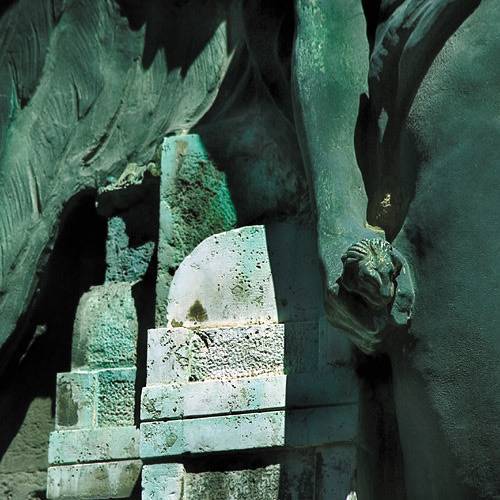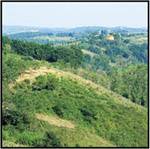Chapter1.Digital Camera Basics
|
|
Chapter 1. Digital Camera BasicsIf you're like me, you tend to pick up books like this and skim over the first few chapters; especially if the word "basic" is attached to the chapter title. You assume that you have the basic stuff down already and that nothing important could possibly start before page 79. Well, before you start flipping ahead, consider the possibility that there's valuable information right here. This chapter provides a baseline for the entire digital photography audience, filling in the knowledge gaps for creative, photographic, and technical applications. The reason for the knowledge gaps is that people are flocking to digital photography from all directions. There's the film-based photographer who's looking to go digital and understand Photoshop; there's the Photoshop guru who can finally afford a decent digital camera, and there's also the flat-out newbie who doesn't know photography or Photoshop. As a result, lots of people know some of this stuff, but it's a much smaller percentage of people who have it all down. (If you happen to be one of those people who are well versed in f-stops and preferences files, skip ahead at your own peril…I'll catch up with you later.)
A Simple Message Most people are familiar with the phrase "garbage-in, garbage-out" as a way of saying that if you start with poor-quality source material, you're likely to end up with a poor-quality end result. This emphasis has always been important for film-based photography; slides and film negatives are far less forgiving of exposure mistakes than their digital file counterparts. With film, the image is set in stone, and the quality and craft suffers if the exposure and focus aren't exact. In contrast, digital photography offers some pretty solid advantages. You can adjust the exposure of some digital files as much as two or three f-stops and still get a decent print, and Photoshop does amazing tricks you could never accomplish in a darkroom. You would expect that these advantages would be propelling photography to new heights of quality and innovation, but instead all people seem to talk about is whether digital photography is as good as film. As good? As good?! Digital photography should make everyone better than they were with film…the technology has caught up, the advantages are huge; we just need to wait for our expectations to follow. |
|
|
EAN: 2147483647
Pages: 141

